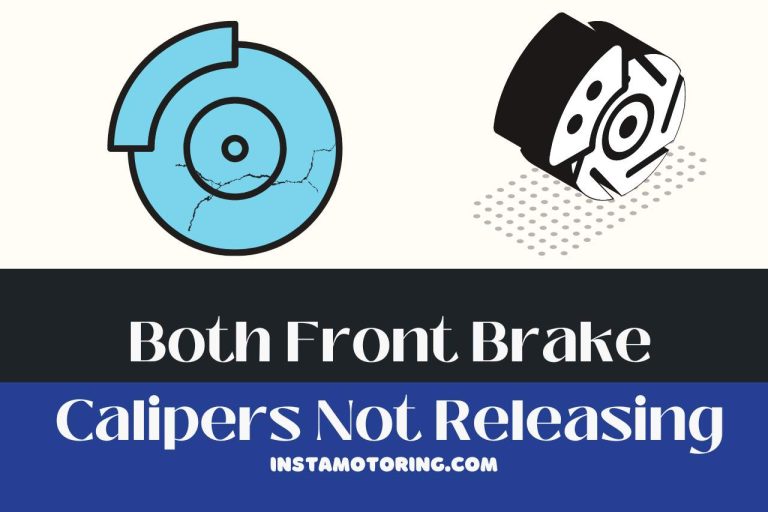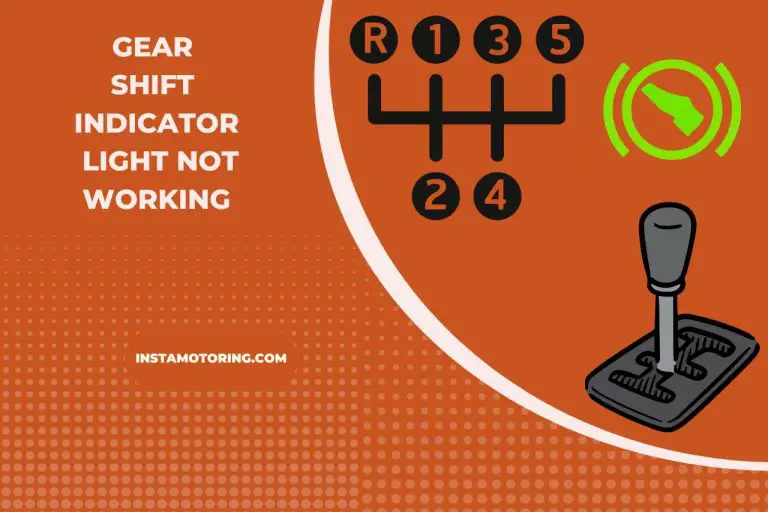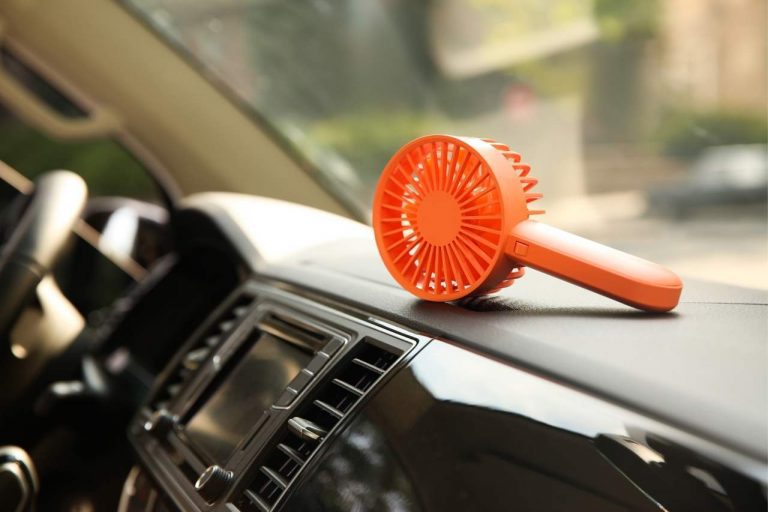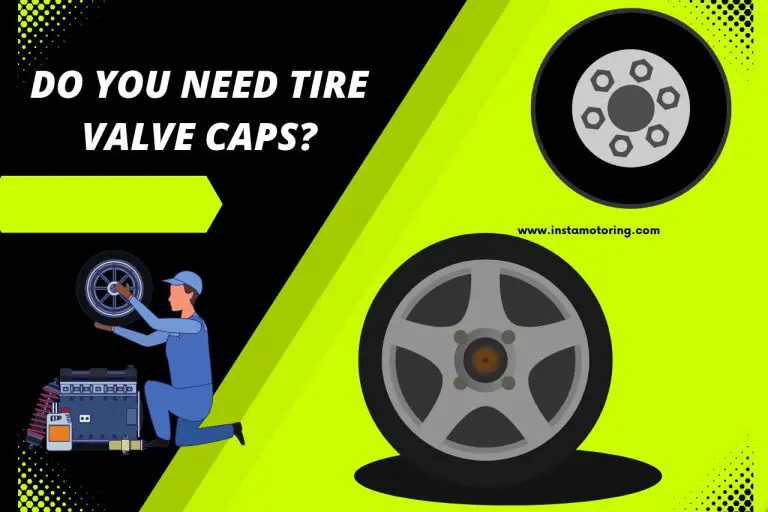Collapsed Lifter – (Maintenance and Care Tips!)
This article discusses the frequently misunderstood phenomena of collapsed lifters, serving as your compass through the complicated world of internal combustion engines. You’ve come to the right article if you’ve ever experienced engine noise, or decreased performance or want to learn more about this complex mechanical puzzle. We’ll set a path toward the best engine health and longevity through diagnosis, treatments, and preventative measures. Together, we’ll arrange a way toward the best engine health and longevity through diagnosis, treatments, and preventive measures.
What is a Collapsed Lifter?
An internal combustion engine’s valvetrain contains a mechanical component called a collapsed lifter, sometimes called a collapsed hydraulic lifter or a collapsed valve lifter.
It performs the vital function of conveying motion from the engine’s camshaft to the engine’s valves, enabling them to open and close at the appropriate times for the intake and exhaust strokes.
When the lifter’s hydraulic system cannot maintain adequate internal pressure, the lifter collapses. This failure may impair the lifter’s ability to maintain the required gap between the camshaft and the valve, leading to erratic valve functioning.
Significant symptoms, including tapping or ticking noises, decreased engine performance, and probable misfires, are frequently the result of this.
In order to restore correct valve action and overall engine efficiency, dealing with a collapsed lifter often entails diagnosing the problem, locating the afflicted lifter, and maybe replacing it.
What are the Signs and Symptoms of a Collapsed Lifter?
The telltale indications and symptoms of a collapsed lifter might point to possible problems with an engine’s valvetrain.
A constant tapping or ticking sound from the motor, especially when the car is idling or under load, is one of the most typical warning signs. The valve’s erratically moving due to the collapsed lifter is the noise source. A collapsed lifter can also cause compromised valve action, reducing engine performance, power output, and fuel efficiency.
Inadequate valve timing can also lead to engine misfires and rough idling. Monitoring the engine’s oil pressure is crucial because a collapsed lifter might impair oil flow to the valvetrain.
The ‘check engine’ light may occasionally come on the dashboard due to misfires or other problems.
Recognizing these signs early on and taking the necessary steps to diagnose and fix them can assist in stopping further harm from occurring and keep the engine operating at peak efficiency.
Causes Behind Lifter Collapse
There are various underlying causes of lifter collapse in an engine’s valvetrain. A lack of oil supply or low oil pressure can prevent the lifter’s hydraulic system from maintaining the optimum pressure needed for moderation.
- Engine oil that has become contaminated or degraded can also reduce lifter performance. Excessive wear or damage to the lifter itself is another frequent offender, frequently brought on by prolonged periods of high engine loads or inadequate maintenance.
- Lifter collapse can also be caused by improper engine assembly or installation, faulty lifter adjustment, or the use of oil with the wrong viscosity. These variables, over time, may result in decreased lifter function, erratic valve movement, and apparent signs of lifter collapse.
- Lifter collapse can be avoided, and a healthy valvetrain is ensured by regular oil changes, performing adequate maintenance, and adhering to manufacturer recommendations.
How does a Lifter Collapse Affect Engine Performance?
Due to the lifter’s critical function inside the valvetrain, a collapsed lifter can significantly affect the engine’s performance. The timing of a lifter collapsing affects how quickly a valve opens and closes.
Reduced airflow into and out of the combustion chambers due to this erratic valve operation lowers the engine’s overall efficiency. Compromised valve timing can cause misfires, inefficient combustion, and reduced power output.
This shows up as a loss of acceleration, a decrease in torque, and a slow reaction from the throttle. The erratic valve movement can also disrucouldon the cycle, increasing exhaust pollutants and reducing fuel efficiency.
Overall, a collapsed lifter reduces the engine’s capacity to burn gasoline and produce power effectively, which harms performance, responsiveness, and the driving experience.
Preventing Lifter Collapse Maintenance Tips
Lifter collapse can be avoided with careful and routine maintenance procedures.
- Regular oil changes with premium oil that has the necessary viscosity assist keep the lifters well lubricated and under hydraulic pressure.
- Adequate oil levels ensure a steady supply of oil to the valvetrain components.
- Utilizing trustworthy, regularly maintained oil filters further guards against pollutants impairing lifter function.
- Following the advised oil change schedules and using oil additives to support lifter health can also be advantageous.
- Lifter longevity also depends on avoiding extended periods of high engine load and ensuring the engine is assembled and installed correctly.
- Lifter collapse can be prevented, and the engine’s performance can be kept at its peak over time by adhering to manufacturer recommendations for lifter adjustments and engine maintenance.
Identifying Lifter Collapse in Different Engine Types
Recognizing common symptoms that cut through design variances is necessary to pinpoint lifter collapse across different engine types. Symptoms, including persistent tapping or ticking noises, decreased engine output, misfires, and poor idle quality, may indicate lifter collapse in overhead cam (OHC) engines.
Similar symptoms are common in overhead valve (OHV) engines, and a distinct knocking noise frequently accompanies them.
Lifter collapse may also result in erratic valve timing in pushrod engines, where lifters and valve function are closely related.
No matter the engine type, being alert for unexpected noises, keeping an eye on changes in performance, and doing routine oil changes are universal methods for early detection.
Across a range of engine layouts, careful monitoring and prompt diagnostics are essential for spotting and treating lifter collapse.
Addressing Lifter Collapse: Step-by-step Repair Guide
Lifter collapse needs to be addressed methodically for effective restoration.
- Start by carefully inspecting and testing the engine to identify the particular lifter or lifters that are the problem.
- Once it has been determined, gather the required equipment, spare lifters, gaskets, and engine oil.
- Drain the engine oil while safely disconnecting the battery. Remove the appropriate parts, such as the valve covers and, if required, the intake manifold, to provide access to the camshaft and lifters. Make sure to position and properly orient the new, compatible lifter(s) in place of the collapsed lifter(s). Examine and replace any necessary connected parts, such as pushrods or rocker arms. Install new gaskets after thoroughly cleaning the valve covers and mating surfaces.
- Reassemble the parts while paying attention to the torque requirements.
- Reconnect the battery after priming the engine to guarantee correct lifter operation and add fresh oil to the engine.
- Launch the engine, then listen for any odd noises or alterations.
- To ensure the lifter collapse issue has been fixed, take a complete test drive.
- Future lifter issues can also be avoided with routine maintenance, such as oil changes and following manufacturer instructions.



Can DIY Repairs Fix Lifter Collapse?
Do-it-yourself repairs may address lifter collapse, but doing so calls for a thorough knowledge of engine mechanics and the right equipment. Complex procedures include:
- Removing the valvetrain.
- Gaining access to the camshaft.
- Assuring exact reassembly is required to diagnose and replace a collapsed lifter.
It’s important to note that lifter collapse can have a variety of underlying causes, and incorrect diagnosis or bad repair might worsen the problem. Skilled DIYers can handle lifter replacement effectively.
It is advised to seek expert assistance if you are unfamiliar with engine internals or need access to specialized tools.
You may have faith in an adequately carried out lifter fix because a professional mechanic can provide an accurate diagnosis, skillful repair, and assurance of the engine’s longevity and performance.
Lifter Collapse and Engine Longevity: What you Need to Know?
Understanding lifter collapse’s ramifications is essential since it substantially affects engine longevity. The precise timing of valve operation is disrupted when a lifter collapses, resulting in inefficient combustion, diminished power, and probable misfires.
The consequent load on other engine parts, such as valves and camshafts, can hasten wear and hasten the premature deterioration of the engine.
Lifter collapse can be quickly addressed through accurate diagnosis and repair, which improves performance and protects the engine’s long-term health.
Lifter collapse can be avoided, and routine maintenance procedures, such as planned oil changes, the use of high-quality oil, and adherence to manufacturer recommendations, increase engine longevity.
Paying close attention to lifter health help ensure that the engine runs more smoothly and effectively for many years.
Watch this one,
Video Credits – Bo Builds
You May Also Like



My name is James, I work as an Automotive Designer with 9 years of experience. I also work as a mechanic and vehicle inspector. I love deciphering complicated car exteriors and interiors and resolving fluid and oil troubles. InstaMotoring.com is here to help you troubleshoot your car with dependable and expert help.






